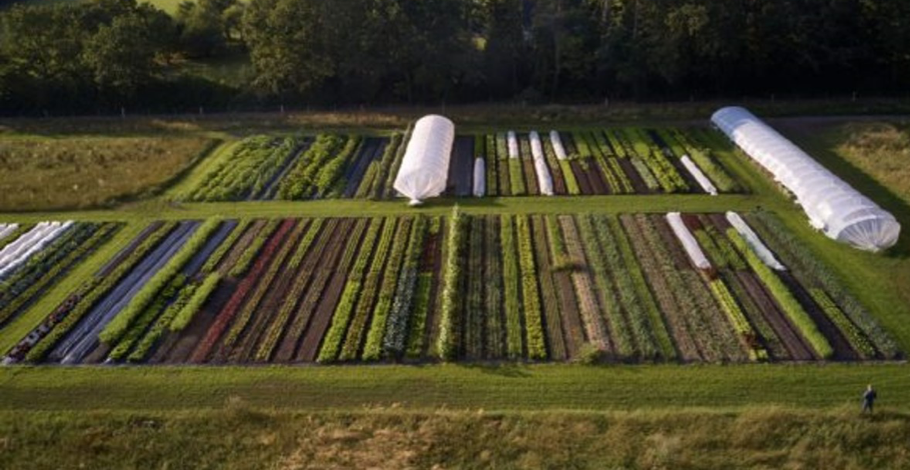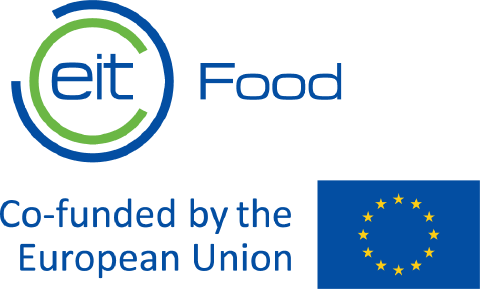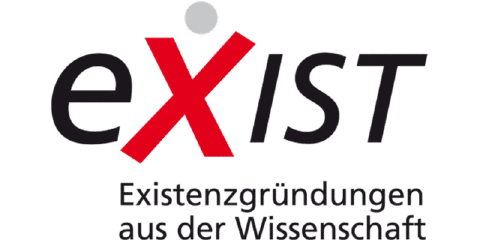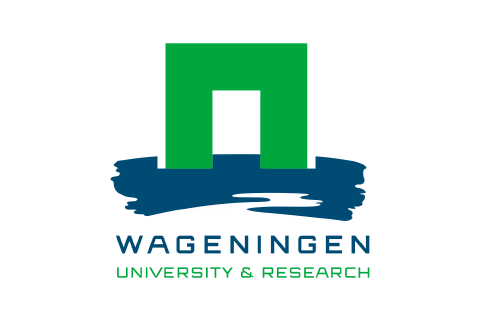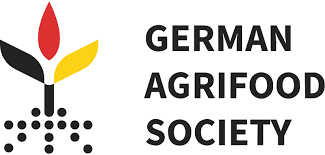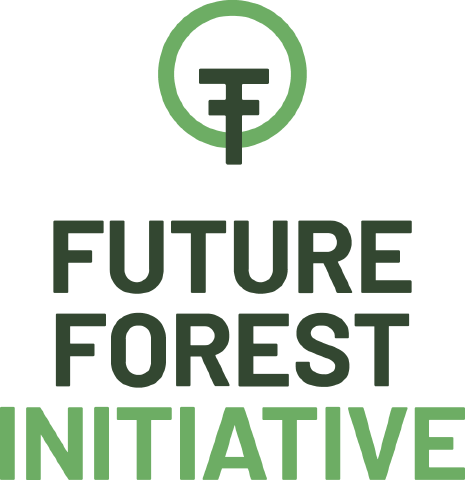Organic farming systems: microfarming


The concept of microfarming is also called biointensive cultivation and is based on the principle of holism. The focus is on the ecosystem of nature, in which soil fertility and regeneration in particular, as well as the preservation of the ecosystem, are the supporting pillars. Ultimately, these very factors have been increasingly forgotten in the past and replaced by non-regenerative approaches. In bio-intensive cultivation, vegetables are cultivated in narrow crop strips close together. A special feature is the use of mulch in combination with minimal tillage. Low investment costs and relatively high crop yields per cultivated area compared to conventional cultivation make it possible to be economically independent while improving soil quality and biodiversity. Marketing takes place, for example, at weekly markets, yard sales, to restaurants, or according to the principles of Solidarity Agriculture/Community Supported Agriculture (SoLaWi/CSA). In the latter, consumers pay for the costs of the farm through fixed monthly amounts and receive weekly produce in return.
A high level of planning is essential
Management (cultivation and work planning, soil structure, crop rotations, etc.) is complex and can lead to newcomers in particular not being able to set up a new farm in an economically profitable way in the first place due to a lack of expertise and simply being overwhelmed by the numerous stumbling blocks at the beginning. For example, even too short crop rotations for some vegetables can lead to soil depletion or disease if not enough consideration is given to the high number and diversity of crops used in microfarming. Another factor is compost management and fertilization, as well as the various (minimum) tillage methods, which should be optimally adapted to each site to prevent problems preventively and build a more stable system.
Although high crop yields per cultivated area at low investment costs and other factors such as various positive environmental effects on the one hand clearly stand for the concept of microfarming, the overall system is very complex. Additional support is needed in order to make the establishment and cost-extensive cultivation attractive for both expert interested parties from the agricultural sector and lateral entrants. Planning and optimization tools, which are currently not or only sporadically available, represent an important backbone not only for the gardeners, but also for our environment, in order to ultimately achieve a noticeable contribution to climate adaptation through regenerative agriculture.
